Brains of this World: Fish
By Tonny Mulder
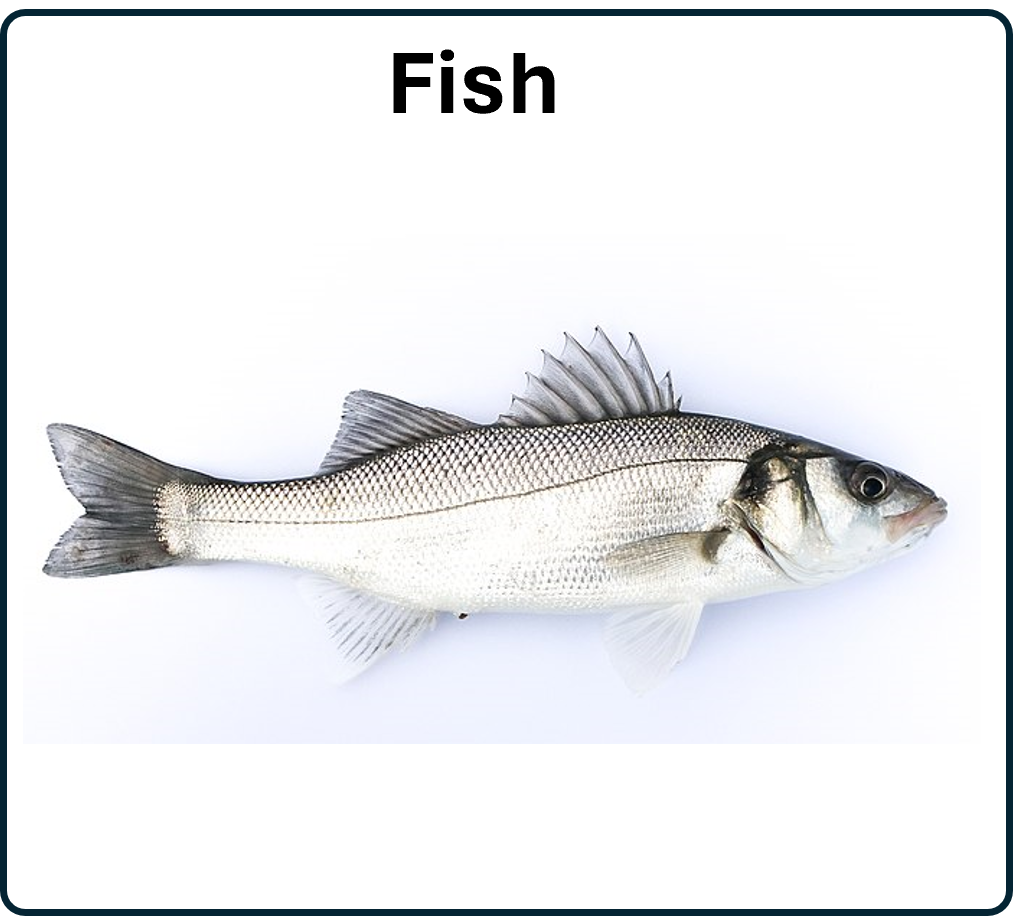
By Peter van der Sluijs; Credits; CC BY-SA 4.0
By Tonny Mulder

By Peter van der Sluijs; Credits; CC BY-SA 4.0
All fish belong to the subphylum Vertebrata which for fish can be separated into the jawless fish (Infraphyla: Agnatha, which includes hagfish and lampreys and jawed fish, belonging to the jawed vertebrates (Infraphyla: Gnathostomata).
The jawless fish can be divided into two classes: cartilaginous fish (Chrondrichthyes), which includes rays and sharks and bony fish (Osteichthyes).
The bony fish contain two classes: ray-finned fish (Actinopterygii) which include the infraclass Teleostei containing almost 96% of all fish species and the lobe-finned fish (Sarcopterygii) that include oa the coelocanths and lungfishes.
More detailed information can be found here.
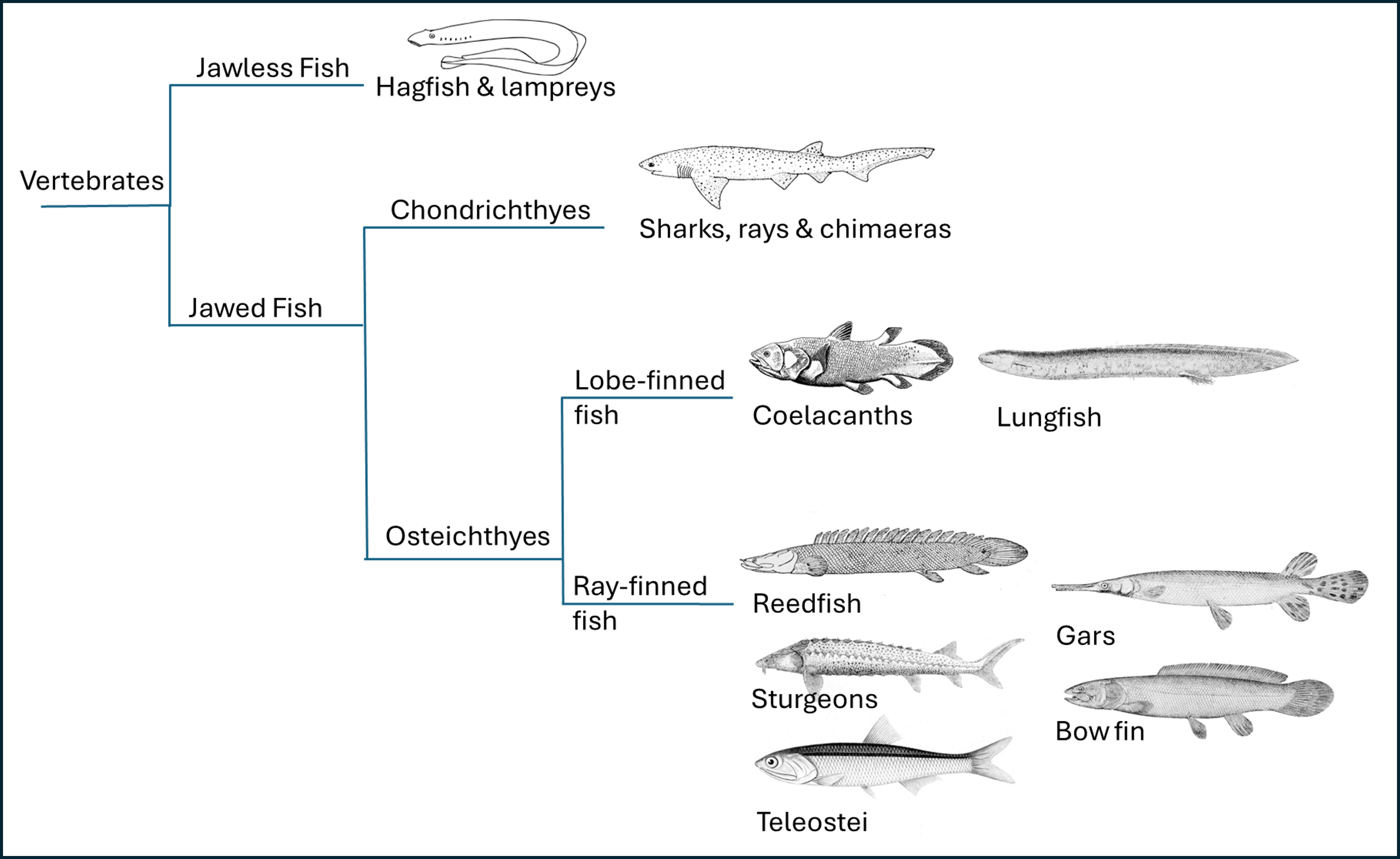
Compilation by Tonny Mulder Picture credits; CC
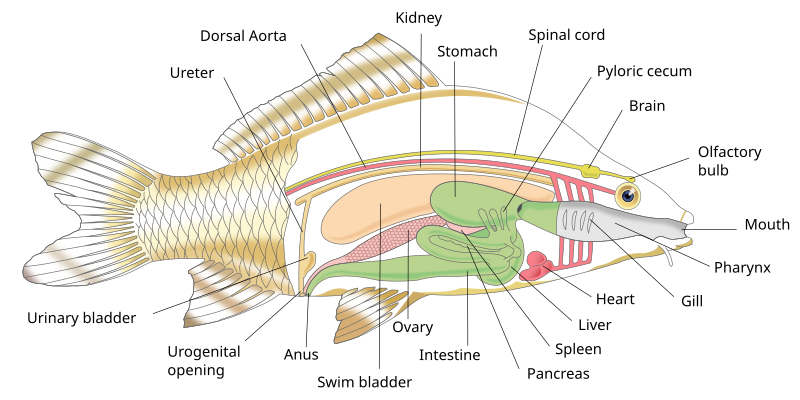
Adapted from Sharon Highschool Credits; CC BY-SA 3.0
The anatomy of bony fish is represented here
More detailed information can be found here.
In general all fish brain can be divided into Six sections from anterior to posterior:
More detailed information on fish can be found here.
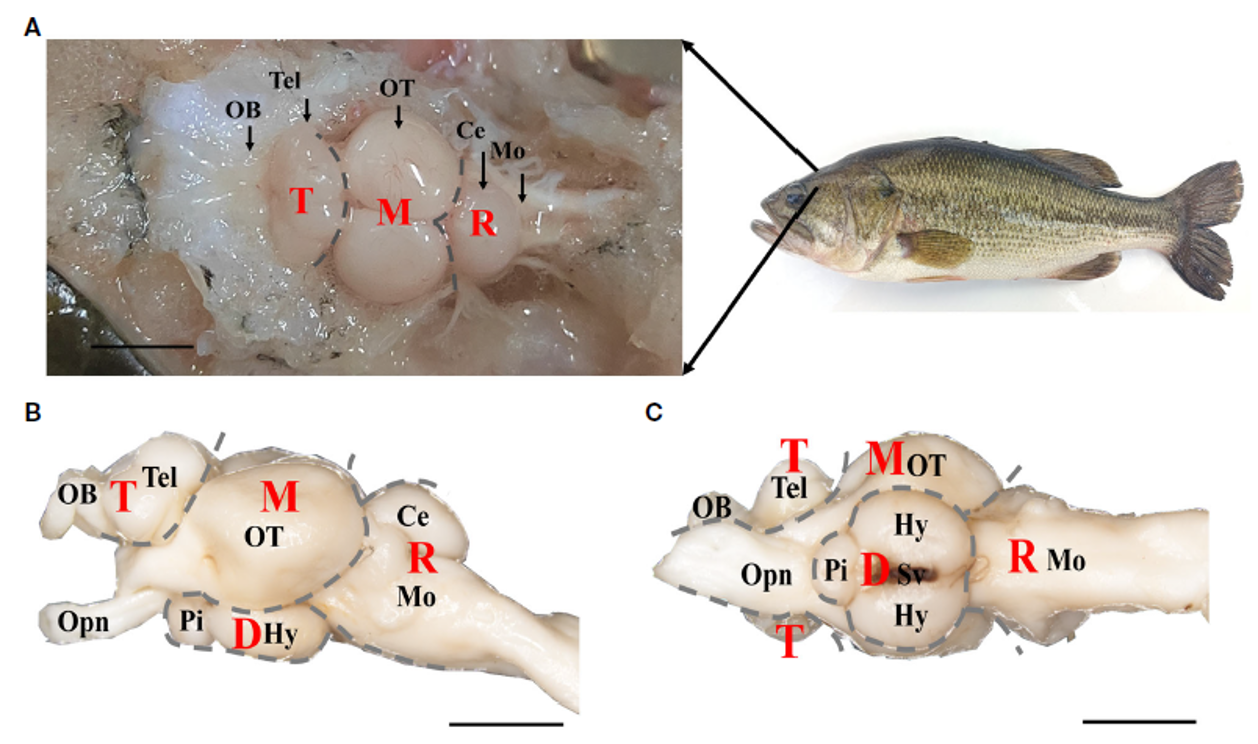
The gross anatomy of the largemouth bass (Micropterus salmoides). A: Top, dorsal view, in-situ in the skull. B: Lateral view and C: Bottom, ventral view. Scale bar = 5 mm. From Li et al; 2024 Credits; CC BY-SA 4.0
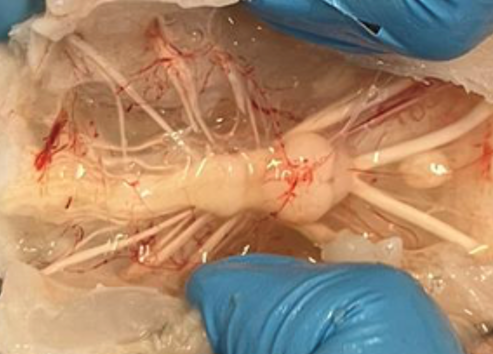
Monkfish brain in situ
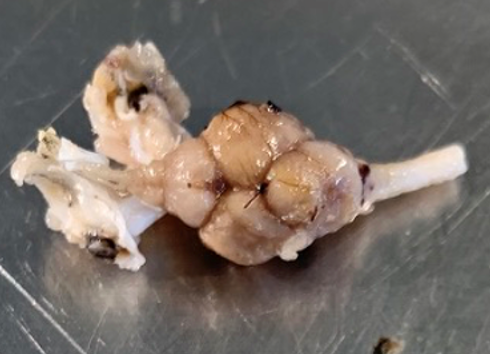
Mackerel brain
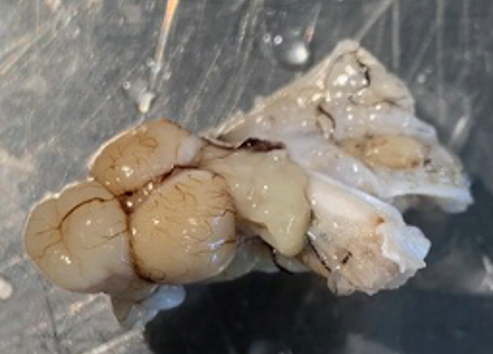
Sea bass brain
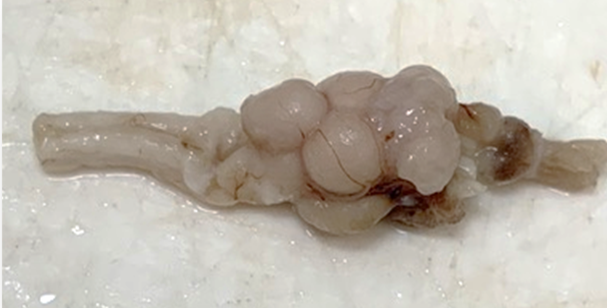
Red mullet brain
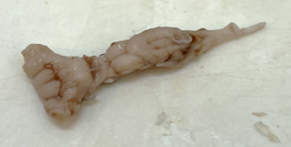
Small spotted catshark brain
Tonny Mulder - University of Amsterdam